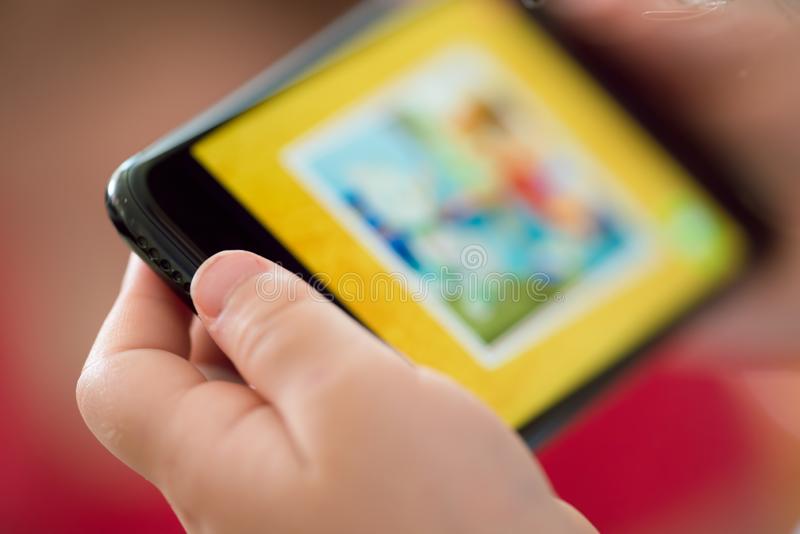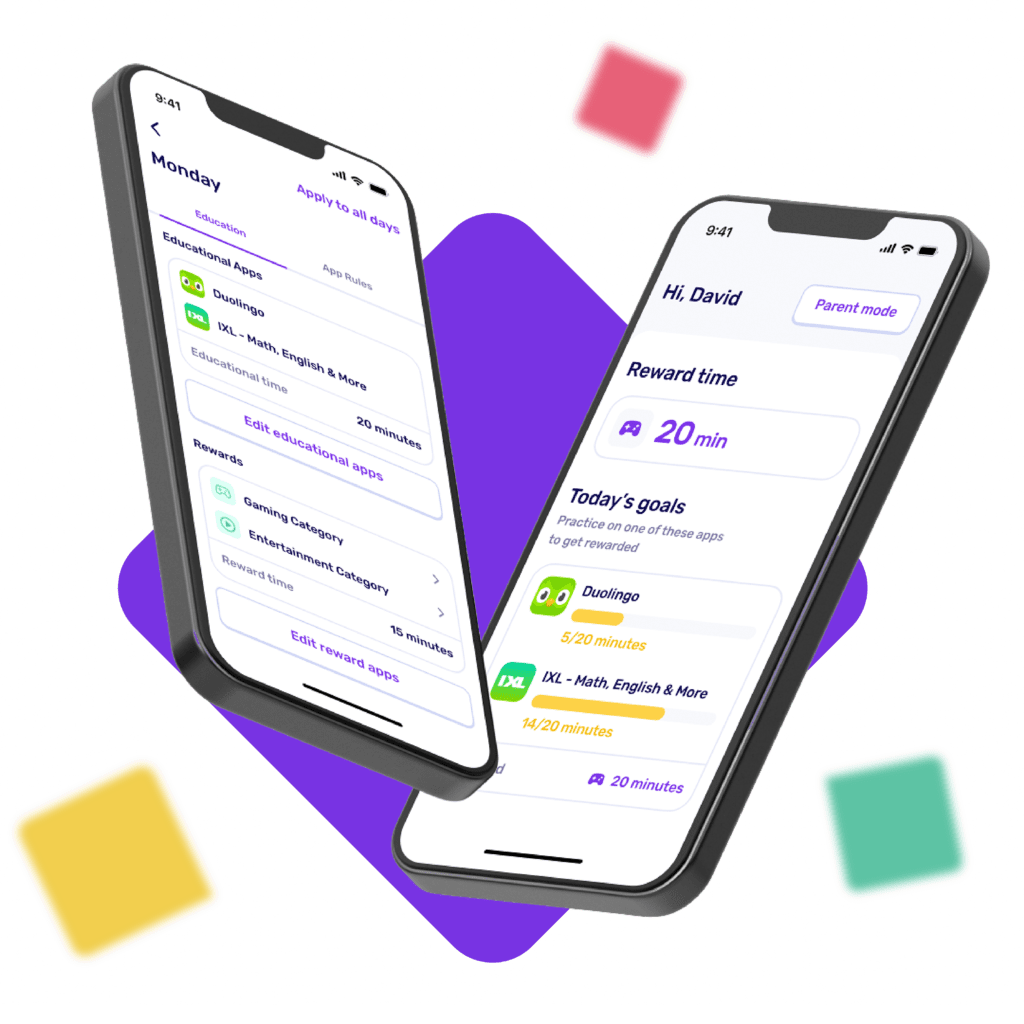New: Top 3 E-learning Platforms For Your Children
Top 3 E-learning Platforms For Your Children

We have entered a new era of extensive distant education via the internet. Even before COVID-19 caused schools to close around the world, edtech (education technology) investments reached $18.66 billion in 2019, and the market for online education is expected to reach $350 billion by 2025.
More and more kids are using the internet as a virtual school as their parents use online tools to set up lessons and find things to do for their kids who are stuck at home. Even high school students seek extra exam preparation assistance at home. The good news is that the quality of online learning platforms has continued to improve to match this demand.
But when you’re looking for an online learning platform for your kids, especially if they’re younger, there are a few things to keep in mind to make sure that your child is actually learning something. You want them to be interested in the content and not battle you each time they need to log in. You also do not want to spend money on anything that is cumbersome or unsafe.
There are now many great platforms, and each one has its own strengths and abilities.
SuzyApp, a platform that sequences educational apps before recreational ones to promote healthier screen time, has come up with the top three e-learning platforms for your young ones. Continue reading to learn more about how SuzyApp does this.
Table of Contents
ToggleKhan Academy
Khan Academy gives students practice problems, videos that explain how to do things, and a personalized dashboard for learning that lets them study outside of class at their own pace. It covers a wide range of subjects, from math at different levels and courses to the arts and humanities.
The organization is supported by some of the world’s biggest and most important organizations and corporations, including the Bill & Melinda Gates Foundation and Google.
Since 2008, Khan Academy has provided a large volume of free education. It has received gifts and financing totaling millions of dollars, with Google providing $5,000,000 in February 2022. Students can study for free on this website and even use game-like features to keep them interested. (1)
The Typical Learner Background
Khan Academy is intended for kids from kindergarten through early college. However, the material is primarily suitable for middle school and high school learners. Nevertheless, students of all ages often use this website to enrich their education, and as a resource for independent, self-directed study.
E-Learning Methods
Their method is useful for all learners, and it can be used as the main learning platform or as a supplement. While many other models have constructed physical schools to assist their different models, Khan Academy employs a virtual classroom to enhance the learning that takes place inside any classroom. It is also a paradigm that can be used in any learning setting equipped with a device and an Internet connection, whether for group or individual learning, inside or outside the classroom.
Outcomes
When people used Khan Academy, they did better on tests than expected, had less math anxiety, and felt more confident in their math skills. When it comes to math, students who finish at least 60% of their grade-level math on Khan Academy made 1.8 times as much progress as expected on the NWEA MAP Growth Assessment. Students outperform expectations on district-established benchmarks.
Duolingo
Duolingo is a free program that is well-known for making tedious, repetitive language training interesting and something you will want to use again. Aside from that, it is a cheap and accessible language-learning tool.
It gamifies language learning and makes it enjoyable with short, lighthearted sessions every day. It won’t help you achieve fluency, but it will get you started with effective vocabulary and sentence structure practice. In addition to English, French, German, Italian, and Spanish, you can also learn Portuguese, Dutch, Irish, Danish, Swedish, Turkish, Esperanto, Norwegian, Ukrainian, Russian, Polish, Welsh, Hebrew, Vietnamese, and Hungarian.
The Typical Learner Background
Duolingo is a multi-generational language-learning platform. Duolingo is appropriate for children, teenagers, and adults. Duolingo is a popular choice for kids as young as 8 who want to learn a new language. Yet, it is also used by working adults, college students, and people who are retired.
Learning Methods
The application uses bite-sized lessons in speaking, listening, reading, and writing to teach you a new language or refresh your knowledge of a second language. Lessons are also made more like games. This means that students get rewards and other benefits for making progress, which makes them more likely to keep learning.
Duolingo offers a streak function that gives additional incentive, but it’s not where one feels the greatest pride while using the program. The best feeling is when you master a difficult conjugation, answer a question you missed before, understand one of the stories in the app, or catch a few lines of movie dialogue.
The learning modules in the app have lessons on things like phrases, travel, family, school, emotions, routines, the weather, and more technical things like word tenses. As you move through the five levels of a lesson, you win gems and in-game incentives. Exercises grow tougher, and additional lessons unlock for subsequent modules.
Outcomes
To understand the outcomes of their learners, Duolingo performed several publicly published studies. About half of the people who took part in the study were able to speak well enough to make complete sentences, remember words quickly, and talk fluently about common topics at a conversational pace. This means that they were at least as good as beginners at speaking!
Students who finished unit 5 of the Spanish and French courses on Duolingo were looked at for this study. These pupils did as well on tests of reading and listening comprehension as students who had completed four semesters of university-level language training in half the time.
Kodable
Kodable is an all-in-one primary school programming curriculum, mainly for kids aged 4–10. It combines an exciting game with a comprehensive curriculum that takes kids from kindergarten to fifth grade, teaching them everything from how to think like a programmer to writing actual JavaScript.
More than half of elementary schools in the US use Kodable. Millions of kids play its fun, good content games, which teach the basics of coding, logical thinking, and other aspects of critical thinking.
Kodable is used by educators and parents all around the globe. This free resource breaks down computer programming issues into basic principles that anybody can grasp. All of the resources are listed in the classes, which help students learn how to communicate, think critically, be creative, and work together.
The Typical Learner Background
Kodable is a platform geared for children aged 5 to 11 years old. It employs a game-based method to make learning to code enjoyable and interesting, especially for children. It gives kids puzzles and interactive coding tasks that are made for their different levels of understanding.
Learning Methods
Kodable gives teachers the tools they need to teach lessons that are fun, interesting, and easy to understand, even if they don’t know how to code. Kodable was made for all students in grades K–5, and it is easy for younger students to use thanks to quick sign-on and pre-reader coding exercises. Game levels steadily rise with difficulty as students go through the numerous levels.
In addition, when students acquire coding principles through play, they are able to apply their knowledge to creative projects. You can find coding exercises for each grade, a coding curriculum, guides made by teachers, and learning tools that are always being updated and added to. It is easy to locate exactly what you need when you need it.
To make virtual learning easier to handle, they have made it easier to assign video courses than it used to be. In fact, Kodable exceeds simple coding concepts. Teaching kids to code and get them interested in computer science helps them develop their social and emotional skills, communication skills, and ability to come up with creative solutions to problems. Kodable’s basic coding curriculum is great for instructors, students, and even parents.
Outcomes
Many people say that young children need to be exposed to computer science ideas early on and that these ideas should be available to the public. Research on early childhood coding and programming programs shows that kids as young as five can learn basic coding skills like sequencing and conditions.
Kodable’s major results include students consistently completing a complete K–12 curriculum, advancing to advanced programming subjects based on their own ability, and picking up coding challenges, thanks to their frequent marketing. Gamified learning has been shown to be good for a child’s social and intellectual development while making learning fun.
SuzyApp
With a plethora of e-learning apps online for your children, it can be tough to choose the right ones for them. So, why not let them decide for themselves?
SuzyApp creates a personalized curation of educational apps that are recognized for their effective ability to engage students and teach using innovative methods to assist them in making their own decisions.
SuzyApp also uses learning methods like « gamification » and the psychological principle of « delayed gratification » to put educational apps before fun apps. In addition, SuzyApp provides a personalized curation of apps depending on their ability to engage children and teach them practical skills.
This makes screen time healthier and learning more fun. It gives your children the freedom to choose their own activities and improve their skills, and you’ll have the peace of mind that they’re safe from the internet. To learn more about how SuzyApp can help your child’s growth, download the app here.
SuzyApp guarantees a fun & healthy use of screens for you children!

SuzyApp is the smarter parental control childproofing any device while also providing a balanced use of screens by unlocking entertainment applications after completing a fun educational activity.
